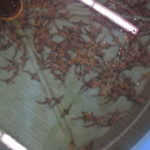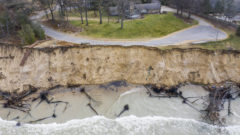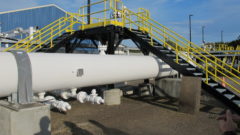Enbridge Line 5 now trespassing on state land after missing deadline
Enbridge, the Canadian energy company, claims the state of Michigan has no authority to enforce a deadline to shut down operation of Line 5, and will only shut down the oil pipeline if ordered by a federal court or their regulator. Read the full story by WDET – Detroit, MI.
Great Lakes Commission
https://www.glc.org/dailynews/20210517-enbridge-line-5








